Jade Thiraswas is a multi-media artist and photographer from New Orleans, Louisiana. Her work celebrates the complexities of cultural identity, community, and representation in attempts to create poetic resistances to oppression. Her identity as a mixed-race, Thai-American woman is an important part of the work she makes, working against a history of colonialism, otherness, and patriarchy in documentary tradition. The act of artmaking is empowering to her, particularly when she uses it to elevate the lives and stories of those who are underrepresented. She often works collaboratively with the people she works with, challenging notions of artistic authority and subjectivity. She received her BFA in photography and art history at Memphis College of Art in 2015, and her MFA in photography & related media at Rochester Institute of Technology in 2018.
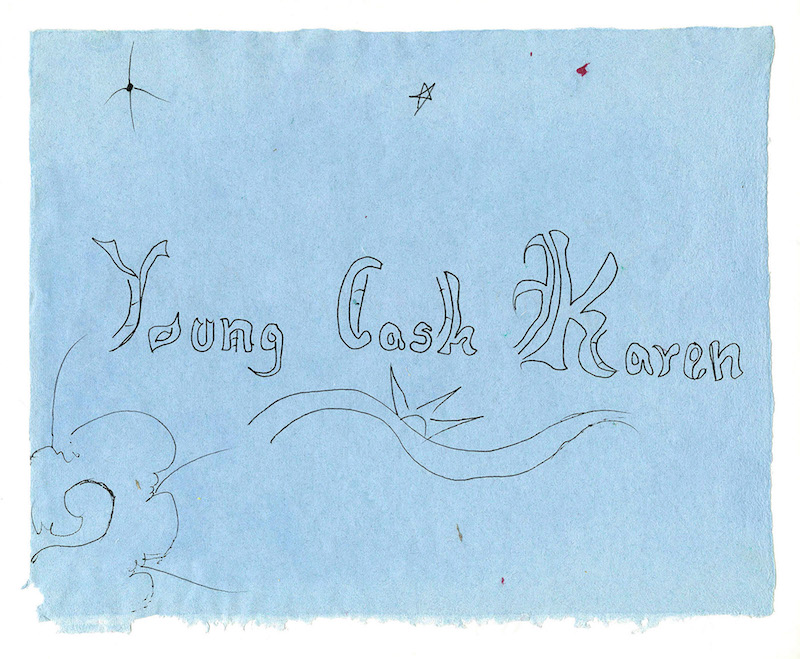
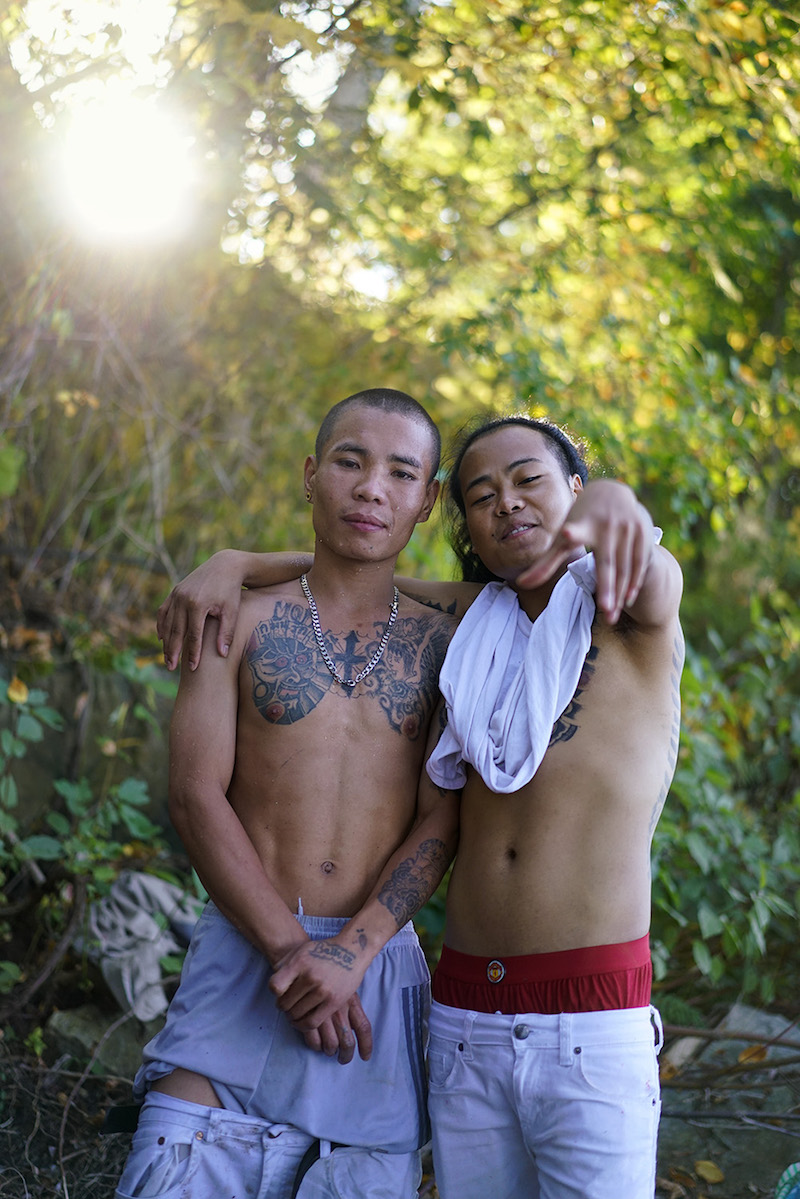
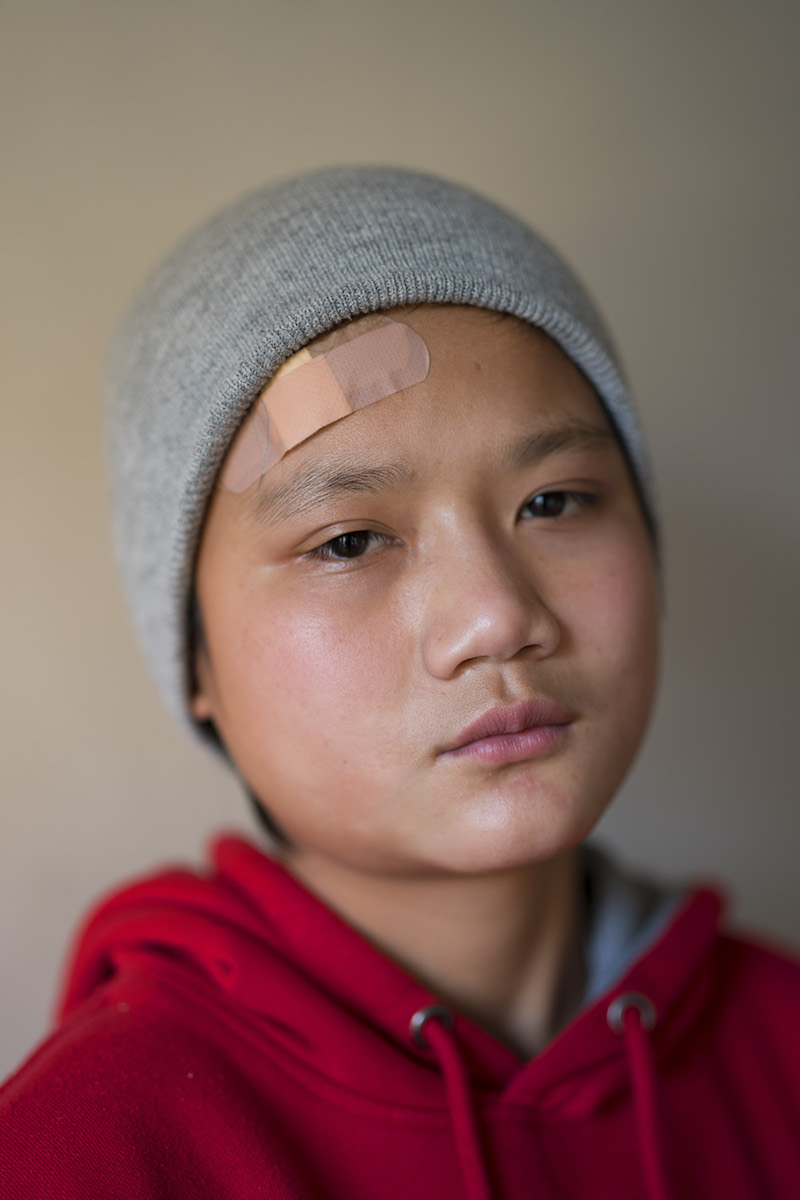
Young Cash Karen
Young Cash Karen is an ongoing project about a community of young men refugees from Burma (or Myanmar) who have recently resettled in Rochester, New York. They are members of the Karen, a Burmese ethnic minority that has fought a decades-long civil war against the Burmese government over the native lands of their people and for their very right to exist. The Karen people have been the victims of ethnic-cleansing policies by the oppressive Burmese military regime. For most or all of their lives, the young men of Young Cash Karen lived in remote refugee camps across the Burmese border in Thailand, until taking the leap to resettle in the United States.
Young Cash Karen is a portrait of these young men and their current lives as they assimilate to the United States. The work has developed into a nuanced exploration of the intersections of culture, ethnicity, and identity. It portrays a tribe of young men who are experiencing the difficult process of displacement and cultural adaptation. Yet despite their hardships they retain a sense of unapologetic pride of their identity and history.
The title, Young Cash Karen, comes from the same name the young men have chosen to represent and mythologize themselves. They proudly use the name to express a sense of belonging and solidarity. This works portrayal of young adulthood and refugeeism crosses and blends boundaries and cultures. Both the subtle and apparent effects of colonialism, assimilation to American society, and the preservation of parts of their endangered Southeast Asian culture create a compelling mixture of fashion, music, language, and lifestyle. For example, their clothing choices come from the global influence of hip-hop and street style, in combination with traditional Karen tribal clothing that has a distinct use of colorfully woven patterns. Pieces of the camouflage uniforms of the Karen National Liberation Army’s “freedom fighter” soldiers, (the volunteer and ill-equipped army formed to fight against the Burmese regime for the rights of the Karen), are also often incorporated into their outfits. A popular clothing combination I have observed on the boys is a pair of name-brand sneakers, baggy KNLA camouflage army pants, a U.S. sports team jersey, with a traditional Karen tribal tunic layered on top. At first look, an outsider to this community would not know the layers of meaning these young men wear on their bodies.
Tattoo culture also plays a prominent role in the work, and in the claiming and preservation of their Southeast Asian cultural heritage. The young men tattoo each other as an act of brotherly manhood and as a practice of a tribal tradition. They permanently and proudly mark their skin with culturally symbolic imagery and line work. Many of them have the entire surface of their back covered with intricate designs. In the warmer seasons they flaunt these markings shirtless, further obtaining a distinct identity. To most outsiders, it is apparent these young men are not American. They have made the choice not to seamlessly assimilate, not to whitewash their bodies– despite the social repercussions this comes with. It is an act of celebration as well as rebellion. They unapologetically announce their outsider status to the Western world; a simple act that the Burmese regime forbid them to do and for which they now have the freedom.
In addition to portraits, collaborative drawing pieces are incorporated into the work because I felt this to be a more honest depiction of their lives than anything I alone could make. I see the drawings as another facet or tool for self-representation. They are collaborative in that the paper is handmade by me out of scraps of blue-denim jeans. The denim is symbolic of their fashion. The pen drawings are done by some of the guys in Young Cash Karen.
My own identity is a part of the work as well, as it shapes my relationship with this community of which I am both an insider and outsider. My identity as a young woman making work about a group of young men creates its own set of complications. I hold a position of privilege as a photographer who has been given access, and the power, to portray them. I have a responsibility which comes with the imaging of a vulnerable community and in being their advocate, but I am also an artist with a creative vision. It is because of this complicated and undeniable reality, that Young Cash Karen evolved into an exploration of the construct of masculinity. I am a young woman who feels both a repulsion to and a fascination with maleness and masculinity, and I find myself photographing masculinity, exploring it, in an attempt to understand it.


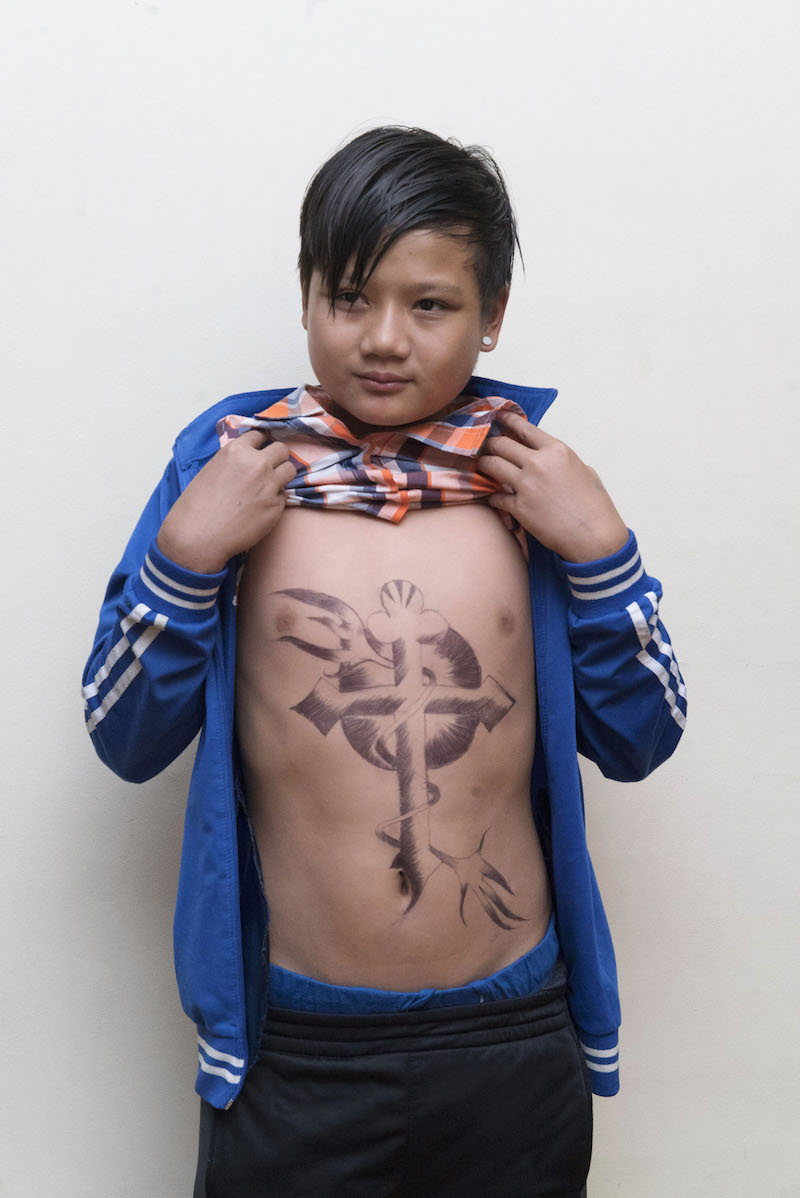

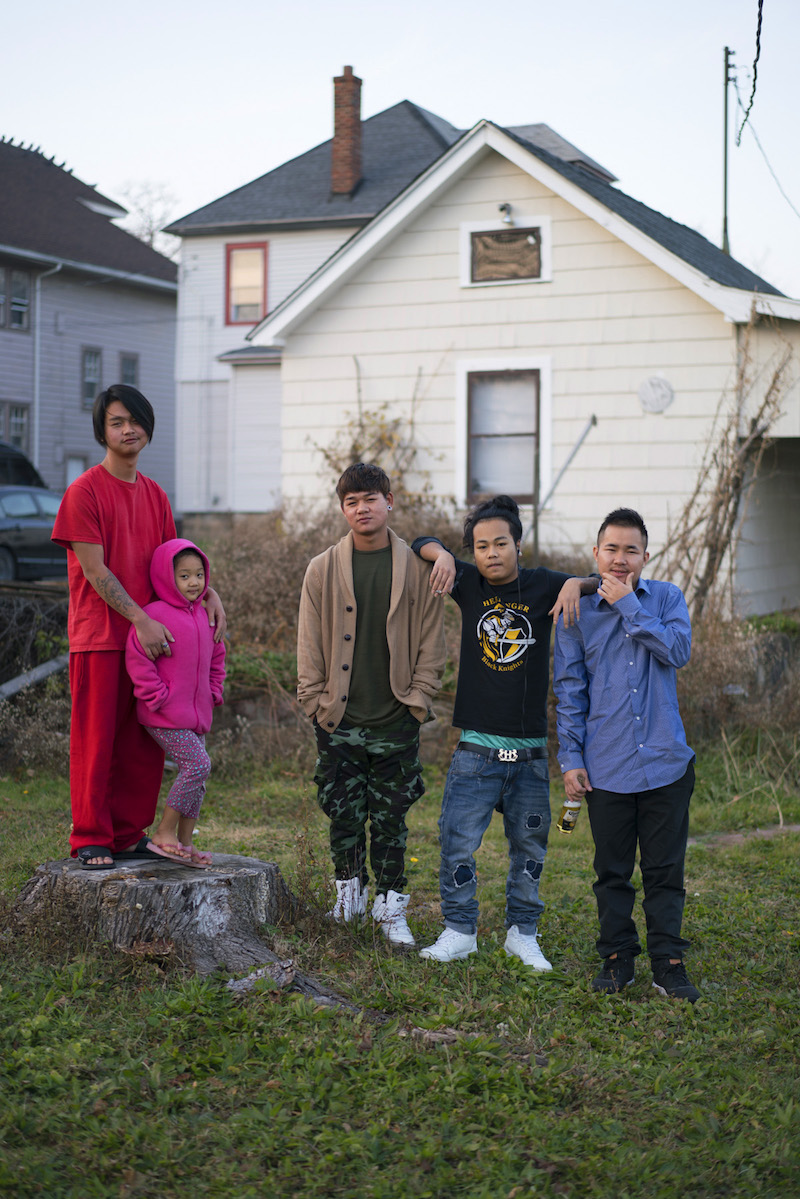

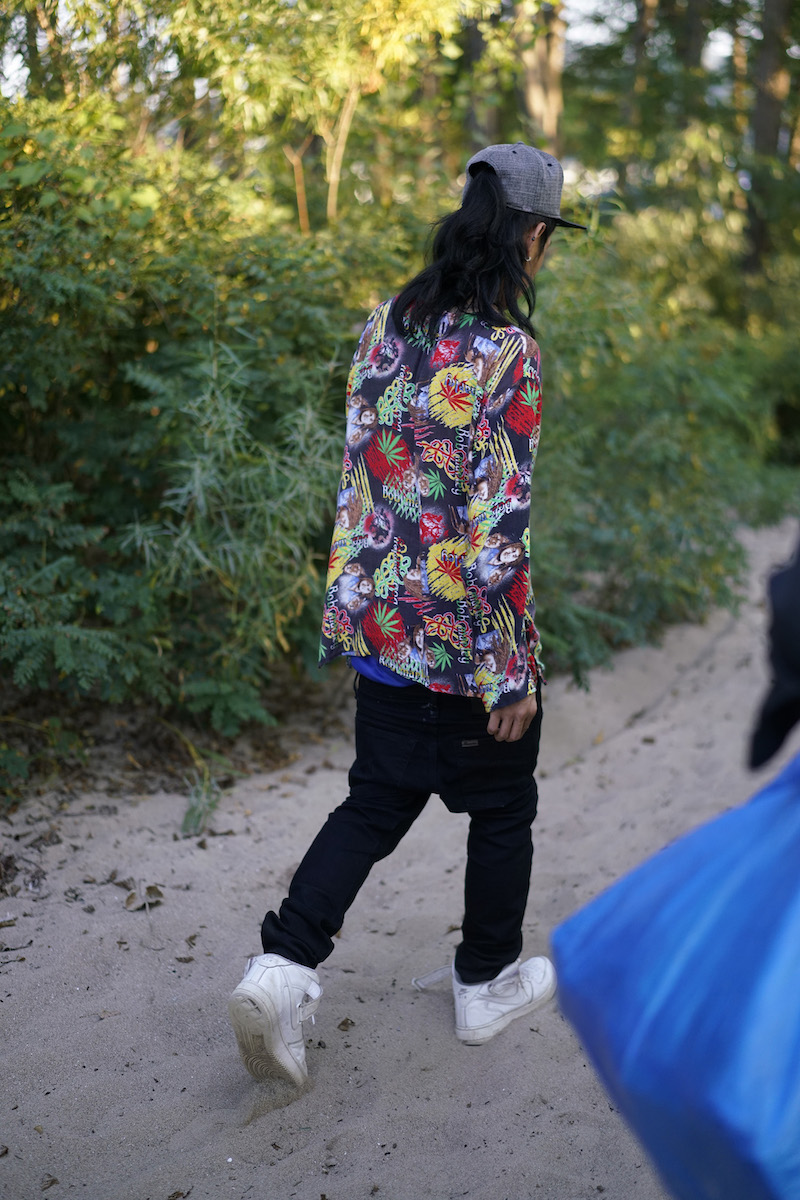
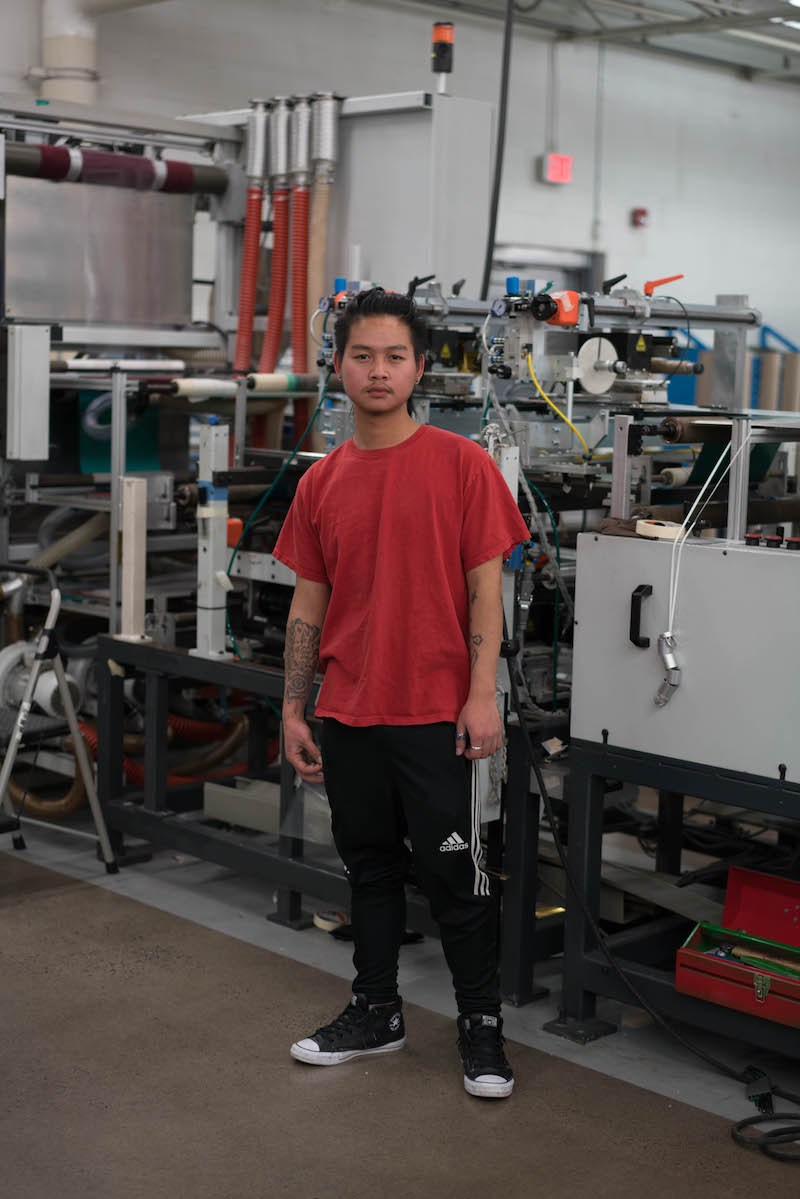
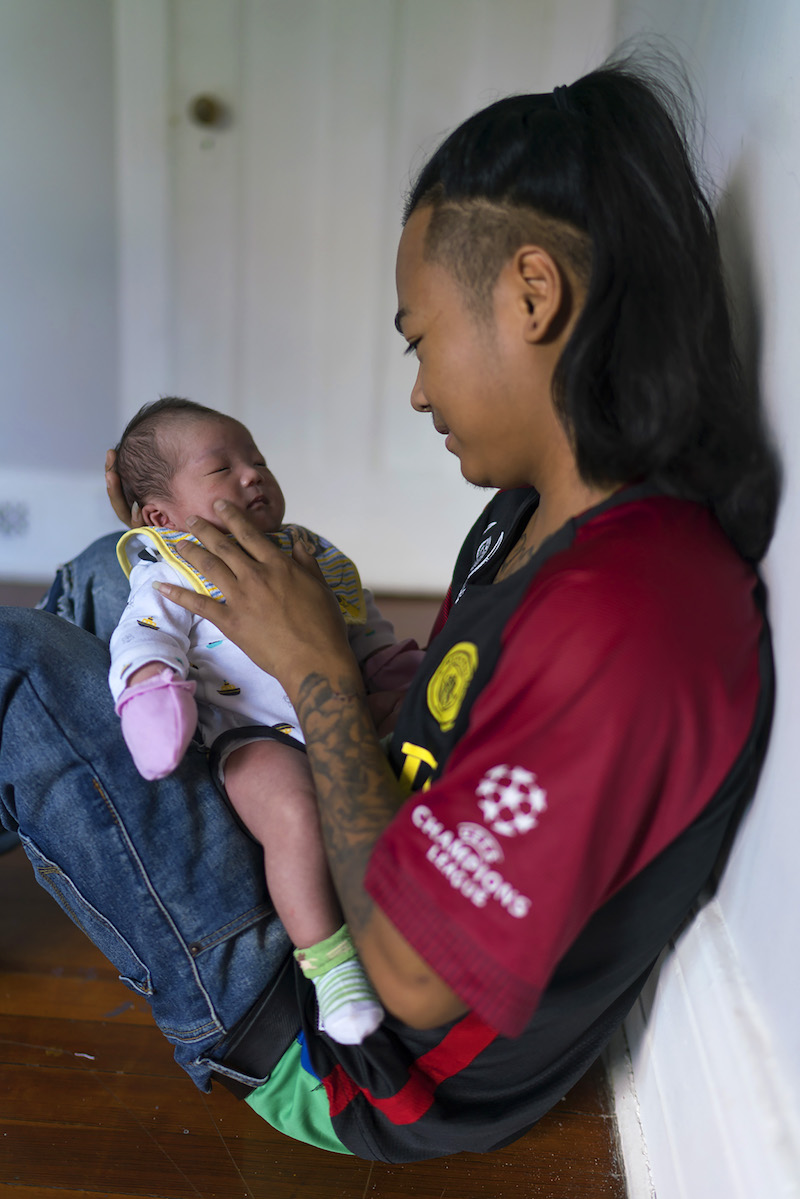

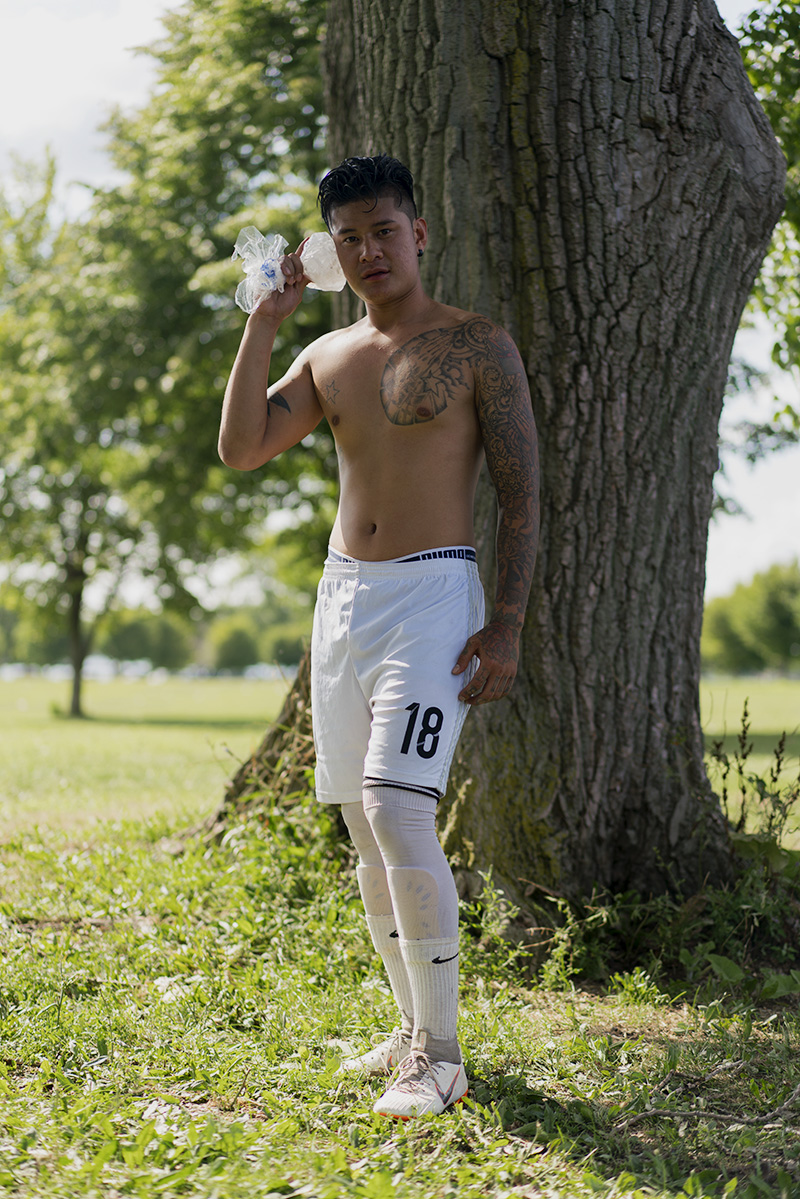

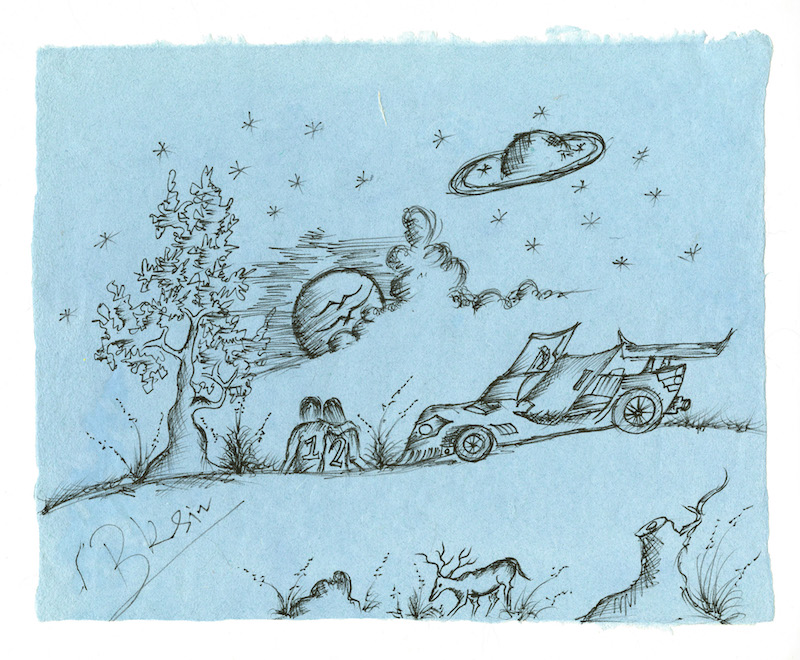

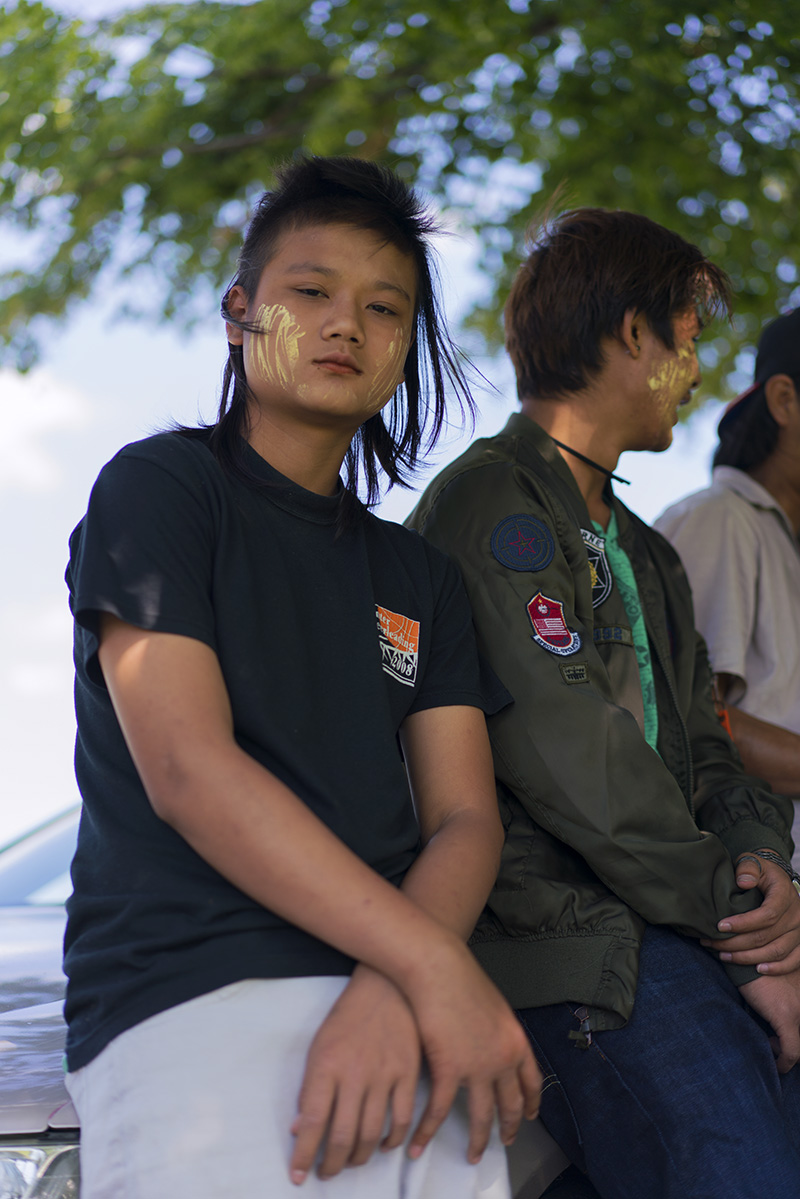
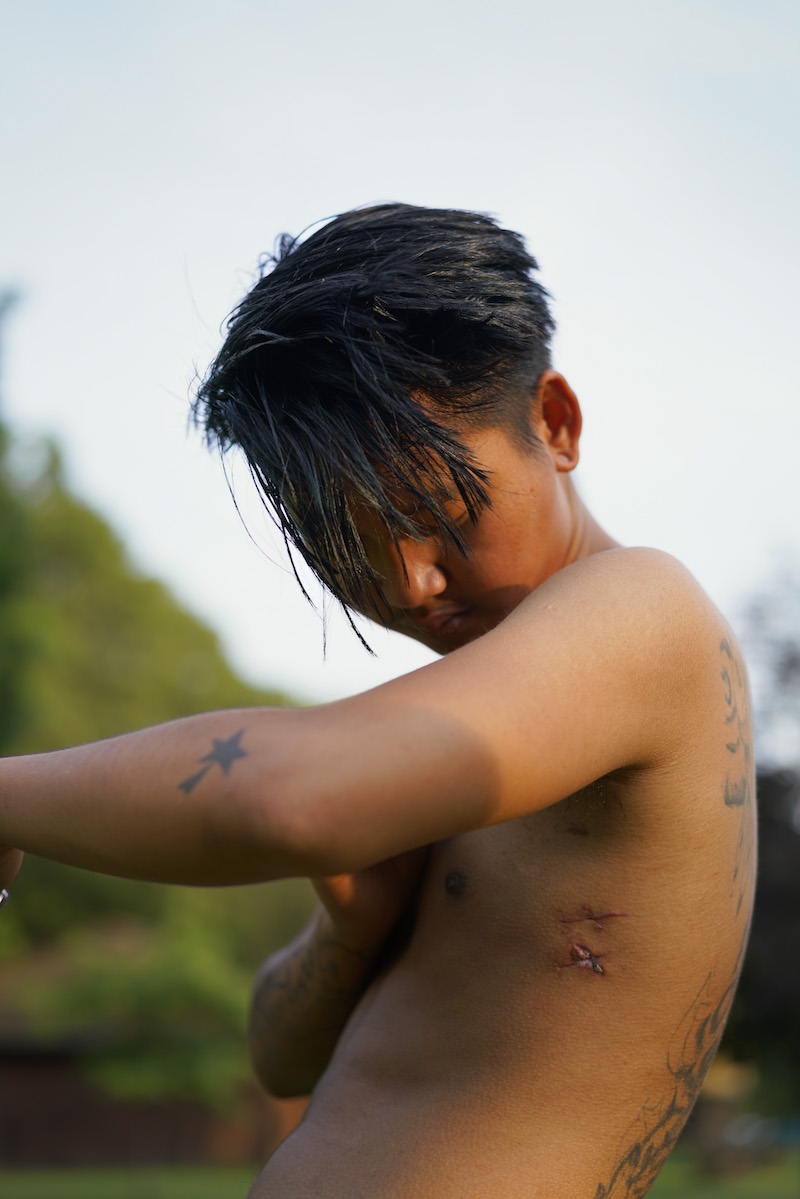

To view more of Jade Thiraswas’s work please visit their website.